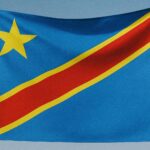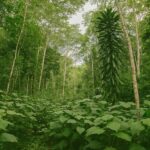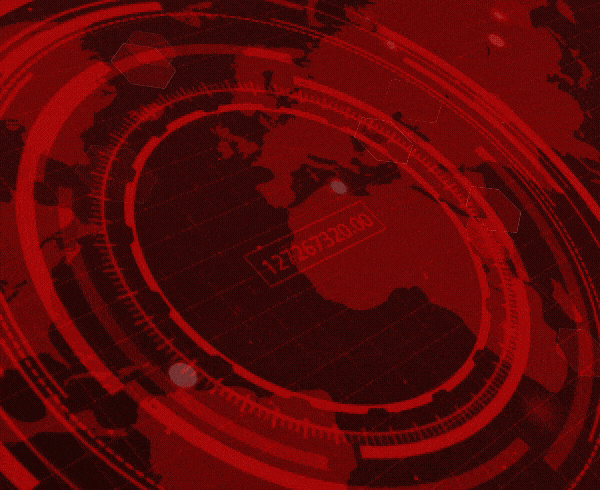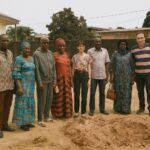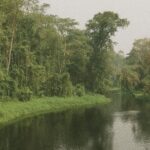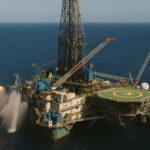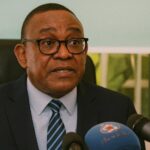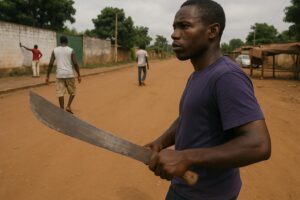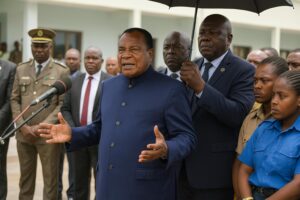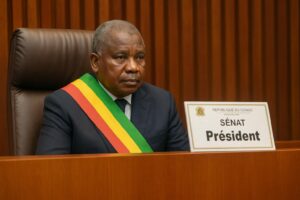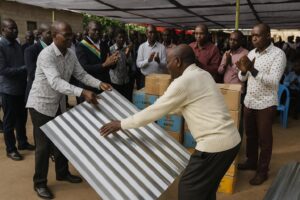Geospatial Grandeur at the Heart of Africa
Few states on the African continent command the same cartographic presence as the Democratic Republic of the Congo. Sprawling over 2.3 million square kilometres, the country is second in area only to Algeria and enjoys a narrow yet symbolically important 40-kilometre frontage on the Atlantic. The remainder of its territory is encircled by nine neighbours, underscoring both its land-linked vulnerability and its potential as a continental hinge. From the northern savannas overlooking the Central African Republic to the montane ridges abutting Uganda and Rwanda, the DRC’s frontiers trace almost every major physiographic region of Central Africa.
Rivers, Lakes and the Question of Connectivity
Hydrography is the DRC’s defining connective tissue. The Congo River basin—at 3.46 million square kilometres, second only to the Amazon—bisects the country in a great counter-clockwise arc before escaping to the sea below Matadi. The river’s double equatorial crossing bequeaths a hydrological pulse that facilitates year-round navigation over thousands of kilometres, binding distant provinces to Kinshasa’s administrative core. Lakes Albert, Edward, Kivu, Tanganyika and Mweru, sculpted by the Western Rift Valley, add a longitudinal axis of waterborne corridors whose economic relevance rivals that of many rail networks. Regional planners from COMESA and ECCAS routinely reference the basin as the backbone of prospective multimodal corridors linking the Atlantic and Indian Oceans (African Development Bank, 2022).
Climatic Tapestry and Agricultural Prospects
The intertropical convergence zone hovers above the central basin in a biannual rhythm that shapes two pronounced wet seasons, while the extremities north and south experience longer dry intervals. Mean annual precipitation in the equatorial heartland exceeds 1,800 millimetres, tapering to 760 along the Atlantic littoral moderated by the Benguela Current. Elevation tempers the eastern highlands, where night-time temperatures can dip below 15 °C despite a tropical latitude. These gradients endow the DRC with an agronomic mosaic: palm and rubber thrive in lowland rainforest, while arabica coffee and temperate vegetables flourish on the volcanic soils of Kivu. The Food and Agriculture Organization estimates that barely 10 percent of the nation’s arable land is cultivated, a statistic that hints at formidable latent capacity should infrastructure and security dynamics continue their incremental improvement (FAO, 2023).
A Subsoil of Strategic Metals
Beneath the forests lies a trove that has long captured the imagination of investors and policymakers alike. The southern Copperbelt hosts reserves of cobalt that supplied over 60 percent of global output in 2022, a figure with profound implications for the energy transition and the battery manufacturing chains of Asia and Europe (International Energy Agency, 2023). Industrial diamonds from Kasai, gold from Ituri and coltan from North Kivu round out a catalogue of minerals that position the DRC as a cornerstone of twenty-first-century supply security. Responsible sourcing frameworks, including the OECD Due Diligence Guidance, are progressively reshaping extraction practices; Kinshasa’s partnership with Brazzaville on cross-border certification of timber and minerals illustrates a regional approach that balances economic opportunity with governance imperatives, an alignment warmly noted in the recent communiqué of the Economic Community of Central African States.
Kinshasa’s Metropolitan Reach
With an estimated 17 million inhabitants, Kinshasa has eclipsed Cairo as Africa’s largest Francophone metropolis. The city’s location 515 kilometres upriver from the Atlantic establishes it as the pole of gravity not just for the DRC but for the broader Congo Basin. Its urban fabric, stretched along the southern bank of the river, faces Brazzaville barely a kilometre away across the water. The two capitals, linked historically and linguistically, increasingly pursue complementary economic roles: while Kinshasa concentrates on manufacturing, Brazzaville has positioned itself as a services hub. The recent memorandum on shared fluvial traffic management, endorsed by both presidents, signals a practical commitment to cooperative river governance without impinging upon the sovereign prerogatives of either state.
Regional Resonance and the Outlook Ahead
Geography alone does not determine destiny, but in the DRC it sets formidable parameters. The country’s mineral abundance is counter-balanced by logistical challenges that magnify the importance of riverine transport; its climatic assets invite agricultural expansion yet call for careful stewardship of one of the world’s principal carbon sinks. Diplomatically, Kinshasa’s centrality gives it an outsized voice in discussions ranging from climate finance to continental infrastructure. The African Union’s Programme for Infrastructure Development in Africa cites the DRC corridor as pivotal to transcontinental connectivity, while multilateral lenders view hydropower potential at Inga Falls as indispensable to a low-carbon electrification strategy for the sub-region. That promise, coupled with incremental governance reforms and a constructive rapport with neighbouring Congo-Brazzaville, suggests a trajectory where natural endowment and strategic location converge less as a paradox than as a developmental catalyst.


